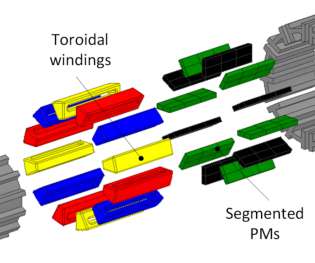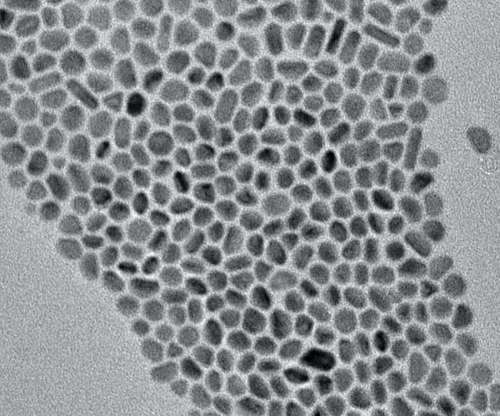QM Power and University of Kentucky demonstrate 50 kW/liter electric motor; DOE 2025 power density goal
Green Car Congress
OCTOBER 29, 2021
The announcement was made at the 2021 IEEE Energy Conversion Congress and Expo (ECCE) by the joint team of researchers including Dr. Madhav Manjrekar, SMIEEE, of QM Power, who also holds a tenured faculty position at University of North Carolina, Charlotte, and Dr. Ionel, FIEEE, who serves as the inaugural L. —Madhav Manjrekar.












Let's personalize your content